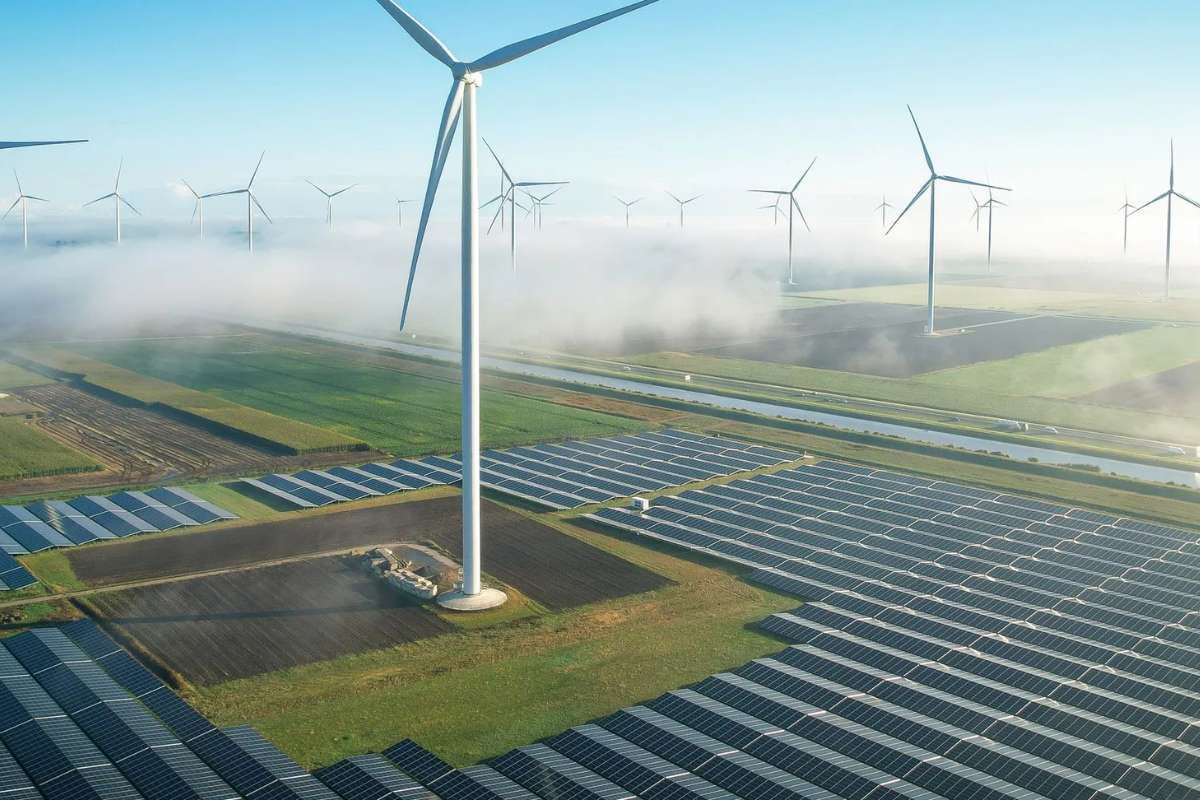Surge in Renewable Energy Adoption
The shift towards renewable energy in the United States has gained substantial momentum despite previous federal policies favoring fossil fuels. Recent data indicates that renewable sources dominated new electricity generation capacity in 2024, accounting for over 90% of the total additions. Solar energy played a particularly significant role, contributing more than 81% of the new capacity in December alone.
While wind energy saw slower growth due to restrictions on federal offshore leases, the onshore wind sector continues to show potential, especially through repowering initiatives. The Federal Energy Regulatory Commission (FERC) has been tracking these developments through its monthly energy reports, with independent organizations like the SUN DAY Campaign analyzing and disseminating the findings. Their reports reveal an increasingly lopsided energy landscape, with renewables significantly outpacing fossil fuel-based generation.
Renewables Versus Traditional Energy Sources
A crucial aspect of the renewable energy transition is the capacity factor, which measures the efficiency of electricity generation. While nuclear power plants maintain the highest capacity factor—operating at over 92% efficiency—solar energy, despite its lower capacity factor, continues to lead in overall electricity generation growth. The SUN DAY Campaign compared newly added kilowatt capacity from different energy sources and found that solar additions in 2024 produced seven times the electricity of new nuclear capacity and five times that of newly installed natural gas facilities.
FERC data for December 2024 highlights that 105 solar power units became operational, contributing 4.369 gigawatts. Overall, wind, solar, and biomass made up 86.9% of the month’s new electricity generation, with natural gas providing a comparatively modest 717 megawatts. Looking at the year in full, solar accounted for 30.816 gigawatts, with wind adding 3.128 gigawatts. Other renewable sources, such as hydropower, biomass, and geothermal, also contributed, bringing the total renewable share of new capacity to 90.5%.
Future Projections for Renewable Energy
Looking ahead, projections indicate continued dominance of renewable energy in U.S. electricity generation. FERC data estimates that solar power’s contribution to total generating capacity is now ten times greater than a decade ago, with wind energy more than doubling in the same period. By December 2027, solar capacity additions are expected to exceed 9.1 gigawatts, while wind is forecasted to add over 2.3 gigawatts.
Meanwhile, fossil fuel reliance is anticipated to decline significantly. FERC’s three-year forecast does not predict any new nuclear capacity additions, while coal, oil, and natural gas are projected to contract by 23,925 megawatts, 2,293 megawatts, and 833 megawatts, respectively. The U.S. Energy Information Administration (EIA) echoes these findings, forecasting 26 gigawatts of utility-scale solar additions in 2025 and another 22 gigawatts in 2026. Wind capacity is also expected to see steady growth, with anticipated increases of 8 gigawatts in 2025 and 9 gigawatts in 2026.
These trends suggest that renewable energy will continue to be the primary driver of the country’s electricity sector transformation, shaping a more sustainable energy future.












